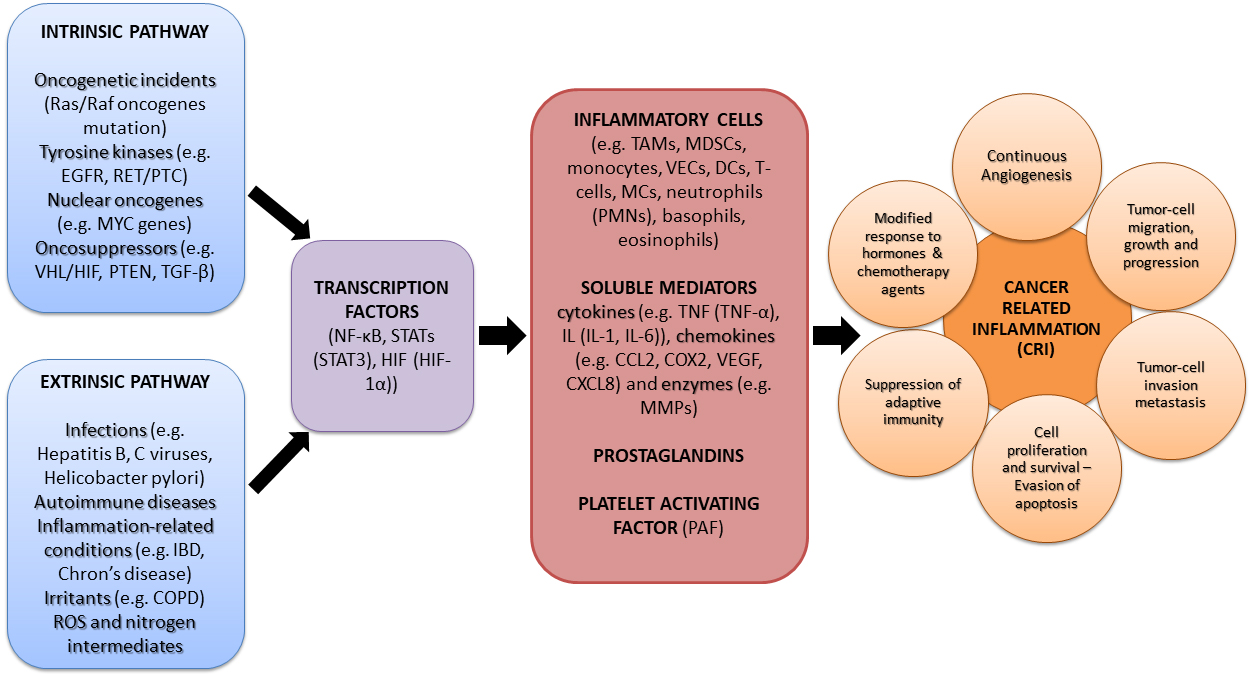
Blood Cancers Exploit Taurine Metabolism from Bone Cells, Unveiling New Treatment Possibilities
A pioneering study recently released in Nature has uncovered a surprising mechanism by which certain aggressive blood cancers—such as acute myeloid leukemia (AML)—propel their swift growth. The key factor? Taurine, an amino acid primarily recognized as a prevalent component in energy beverages.
Scientists at the University of Rochester have determined that bone marrow cells neighboring leukemia stem cells actively generate and supply taurine, which tumor cells subsequently utilize for their energy needs and growth. This previously unrecognized cancer-supporting mechanism provides remarkable insights into the significance of the tumor microenvironment and paves the way for innovative therapies for challenging blood cancers.
Taurine: From Energy Drink Ingredient to Cancer Enhancer
Taurine is a sulfur-containing amino acid crucial for various biological functions, including bile salt production, antioxidant protection, and cellular osmoregulation. Although deemed non-essential in dietary contexts—indicating humans can produce it—it’s frequently ingested through energy drinks and supplements.
Up to this point, taurine’s involvement in cancer biology had been minimally researched. However, the recent study underscores its pivotal role in promoting the survival and growth of leukemia cells by utilizing the bone marrow’s taurine supply.
Monitoring Alterations in the Bone Marrow Microenvironment
AML and related blood cancers thrive not in isolation but within the intricate environment of the bone marrow. This so-called tumor microenvironment encompasses support cells such as blood vessels, mesenchymal stromal cells (MSCs), and developing bone cells. Employing advanced single-cell genomics, the researchers mapped how these support cells transform during the course of cancer development.
As leukemia prevalence increased, the team recorded a significant alteration in the cellular behavior of the bone marrow:
– MSCs and immature bone cells saw a surge in numbers.
– The expression of an enzyme known as cysteine dioxygenase type 1 (CDO1), vital for taurine production, witnessed a considerable upregulation.
– Taurine levels in leukemia-infected bone marrow were almost double those in healthy specimens (1.7 times higher).
The rise in CDO1 production corresponded with the disease’s most severe phases, like when myelodysplastic syndromes progressed to AML and during AML relapses post-treatment.
Interfering with Taurine Supply Slows Cancer Advancement
To evaluate the importance of taurine supply in leukemia proliferation, the researchers genetically and pharmacologically disrupted its production in animal subjects. The findings were illuminating:
– Halting taurine synthesis in bone-forming cells prolonged mouse survival by 13.5%.
– Adding taurine expedited disease progression and tripled mortality risk.
– Preventing taurine absorption in leukemia cells significantly diminished their survival and disease persistence.
Taurine Absorption: A Vulnerability in Leukemia Cells?
Upon further investigation, the researchers identified a protein termed TAUT (encoded by the SLC6A6 gene), which leukemia cells utilize to uptake taurine from their surroundings. TAUT exhibited high expression levels in aggressive leukemia variants but was relatively scarce in normal blood stem cells.
When researchers genetically removed TAUT from leukemia cells:
– The altered leukemia cells struggled to survive or persist in animal models.
– Mice lived substantially longer, with 40% showing no indications of disease.
– The cancer cells lost their stem cell-like behavior, starting to exhibit markers of differentiation and death.
One of the most critical findings was that the removal of TAUT had minimal to no impact on healthy bone marrow cells, indicating the potential for a highly targeted therapeutic strategy.
Enhancing Current Therapies with Taurine Blockade
Interestingly, SLC6A6 expression was notably higher in AML cells resistant to venetoclax—a drug increasingly used as a primary treatment for this type of cancer. The researchers explored whether inhibiting TAUT alongside venetoclax treatment could enhance patient outcomes.
Their hypothesis proved correct. The combination therapy showed remarkable synergy:
– Colony formation by AML cells was reduced by up to 150-fold compared to control groups.
– Even primary human AML cells, known for being challenging to treat, responded positively to this dual approach.
A New Role for Taurine in Cancer Metabolism
Mechanistically, taurine seems to function as a vital regulator of leukemia metabolism. Specifically, it stimulates the mTOR pathway, a crucial regulator of cell growth and energy management. This stimulation accelerates glycolysis, enabling leukemia cells to produce energy at rapid rates necessary to sustain their unchecked expansion.
When taurine absorption was inhibited, leukemia cells underwent an energy crisis, leading to decreased glycolysis, impaired proliferation, and heightened vulnerability to treatment.
Reassessing Taurine Supplementation in Cancer Patients
An immediate takeaway from the study is the necessity to rethink taurine supplementation within cancer treatment. Taurine is occasionally advised as a supplement to mitigate chemotherapy side effects or is ingested through energy drinks that may contain nearly 1 gram or more per can.
Considering taurine’s newly identified role in supporting leukemia stem cells, researchers recommend caution:
“As taurine is a